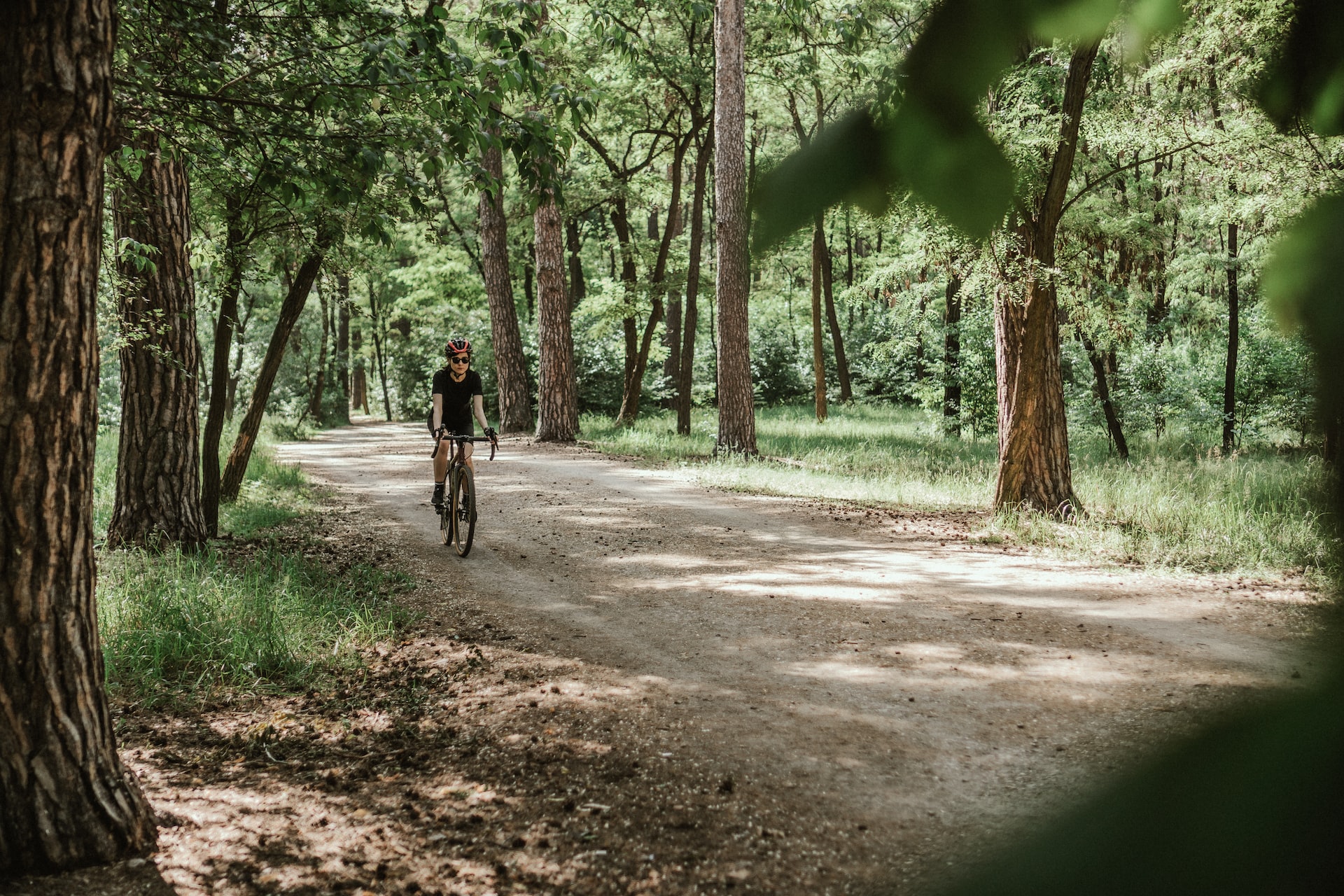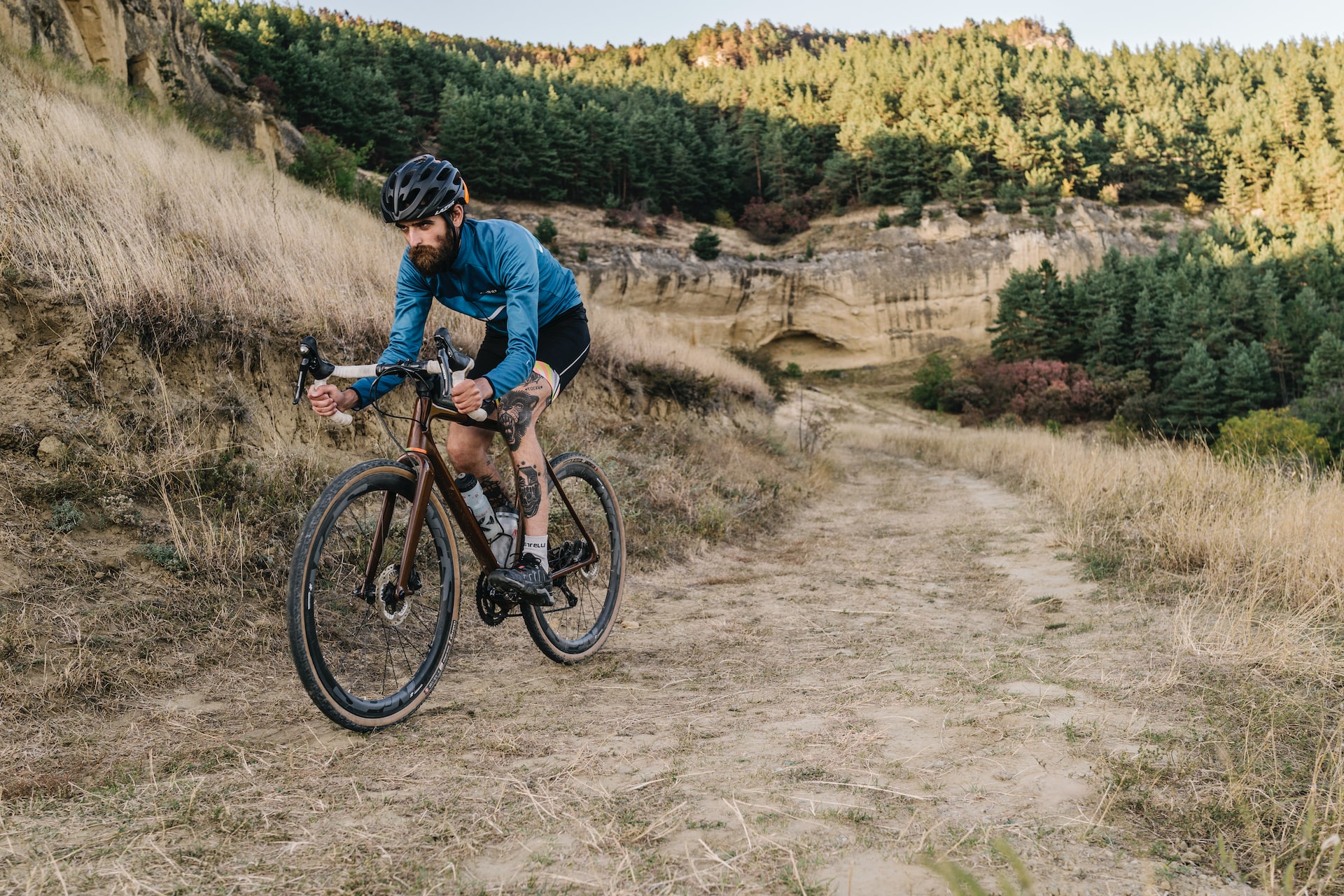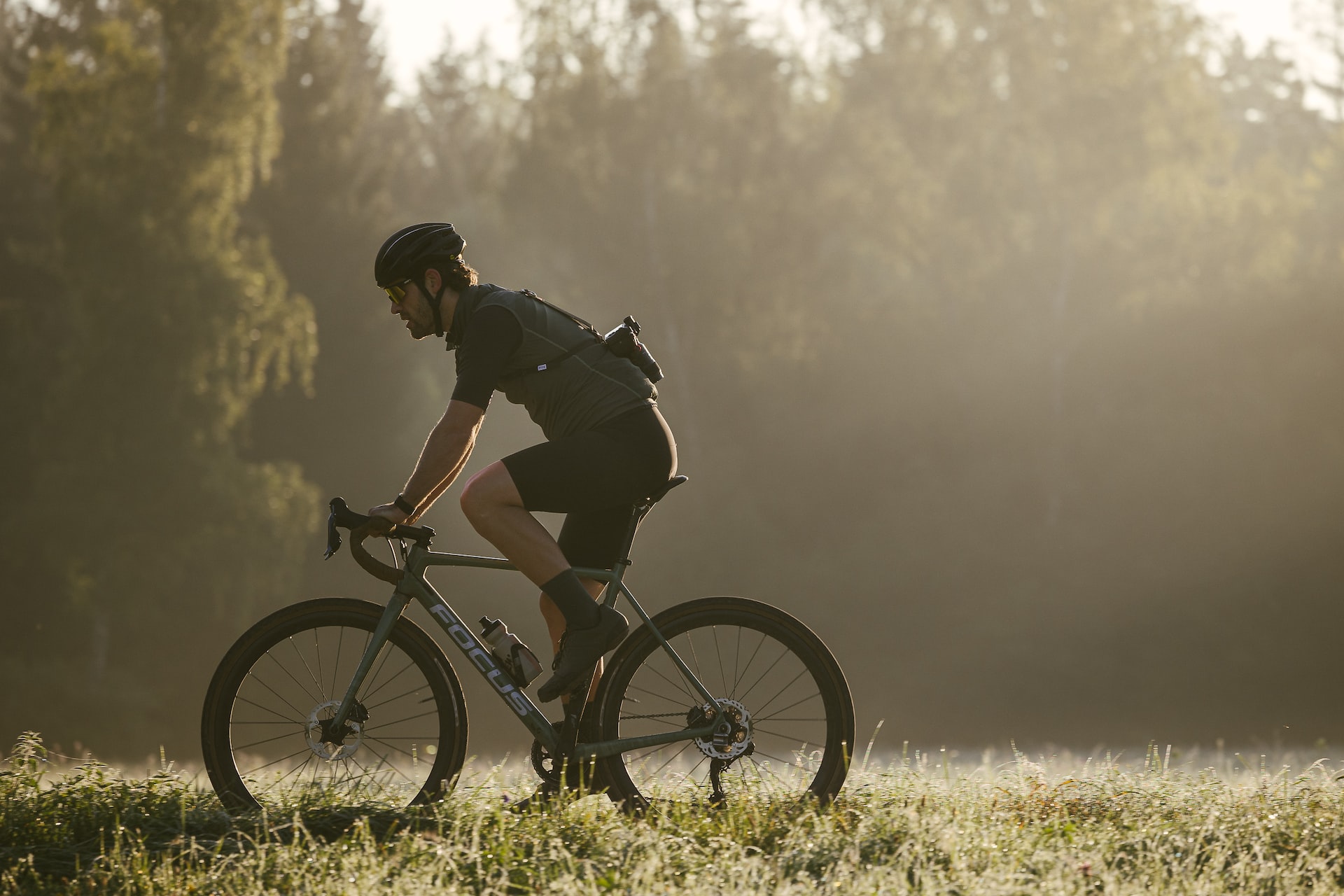If it’s one bike devoted to adventure, discovery, wandering, does it make sense to talk about gravel training? Well yeah, whatever interpretation you want to give your gravel bike. There are those who use it for long raids between dirt roads and embankments, those who participate in competitions that are gaining ground (so much so that last year the first gravel world championship held in Cittadella was held), those who embark on Unsupported Bikepacking Adventures, those for cycle tourism, but they all have one thing in common: nothing is improvised and a little training is needed in everything. Even for the Sunday ride of less than 100 km. So what exactly is meant by gravel training?
Gravel training: what exactly does it mean?
Very simply said, gravel is a “kind of racing bike” with which you can “go a little off-road”. A bit “racing bike” above all because of the handlebar, the bend similar but not exactly the same as that of a road bike; you can “go a little off-road” because rims and wheels are halfway between those of road bikes and those of MTBs, at least the front ones; then there is a vast range of tires and wheels, which can allow for a more or less off-road version of the gravel, and above all it depends a lot on individual driving skills.
There are 3 types of gravel ridersagain wanting to simplify: who comes from road bikestired of asphalt and traffic and looking for more adventure; who gets there by MTB, looking for more speed, agility and sprint; And who gets there from the sofa, looking for a versatile first bike to have fun with. From the point of view of gravel training, these 3 types of cyclists have different needs which then contemplate all training needs for gravel:
– road racers need learn/improve driving technique off-road riding and to digest a pedaling rhythm that is more irregular and less fluid and continuous than that on the road, even using more agile gears and with less metric development;
– MTBikers must get used to riding a bike without a shock absorber (on the forks and on the rear, apart from some gravel versions which include vibration reduction systems on the rear and/or the suspension fork on the front), with the handlebar bend which is narrower than the handlebar of a MTB and imposes a different driving position and with tires that do not “forgive” mistakes as fat MTB wheels often do;
– others have to get used to these aspects and more develop endurance and strength skills without which it is reduced to rides that could also be done with a city bike.
So let’s see, point by point, how to train for Gravel.
How to train for Gravel: the technique
The technique is the prerequisite for driving any vehicle, and this also applies to gravel, although many tend to underestimate or literally forget this aspect. As trivial as it may seem (seem!), even going along the bank of a river, dirt road and with puddles, roots, stones, gravel, mud requires driving technique. Especially with the handlebar bend. Then there’s the management of the brakes going downhill on gravel roads, managing gear ratios going uphill, driving on single trails, tight bends, uphill and downhill bends, fords…
In short: if you go off the road and start on a dirt road, there is an infinite gradation of technical difficulties to face, and learning the right techniques to do it increases the chances of fully using your gravel bike and having fun. This is true for MTBikers who know dirt roads but have to get used to a different bike set-up, for road riders for whom the set-up is more comfortable but don’t know dirt roads, and obviously for beginners who don’t know any of this.
Strength training for gravel
In the world of cycling (or rather: amateur cyclists) strength training is still underestimated too much. Which doesn’t mean bodybuilding or big muscles to carry around, but strength to steer the bike with the arms and trunk (we see the leg question in the following paragraph on resistance).
As mentioned, the gravel is a kind of racing bike that can also be used off-road. Which, from the point of view of strength, poses at least 2 problems: constant vibrations in arms and shoulders due to the absence of a shock absorber on the fork, and therefore to the need to absorb everything on one’s joints; a posture in the saddle similar to that of the road (albeit with some differences, in particular as regards the handlebar which should be shorter and higher, and the saddle which should be lower) but which, given the terrain stresses the back even more, especially the Lombards.

So gods specific work for arms, shoulders and core (i.e. abs and back) should be introduced in any gravel workout. What to do? You don’t need machines and/or weights but you can train for gravel even with a free body. For example with these exercises:
– Plank: Bridge holds that are the best exercise for the core. To be performed in all its forms (including reverse plank and side plank). Read how to do planks correctly.
– Push-up: pushups, which if done correctly are actually a totalbody exercise that is also good for the core as well as the glutes and legs. Also read 17 different ways to do pushups.
– Burpees: a great classic of functional and totalbody training, which combines push-ups, planks and squats. This alone would suffice. Also read the 10 reasons to do burpees every day.
– TRX: a small and inexpensive fitness machine that allows you to do a lot of functional exercises with only your body weight and can be used just about anywhere, from the house to the park. Read also 15 arm exercises with the TRX.
– Pull-up: pull-ups, not simple and not immediate but when you get to do them it means that strength training has been profitable.
This already could be enough and advance to prevent pain or deficiencies arms, shoulders, abs and back; if you then want to add other work for the abs and back or exercises with dumbbells or barbells (dosing series and repetitions according to strength and not hypertrophy) no one forbids it.
Gravel endurance training
Finally there is the cornerstone of every cyclist, namely resistance. And from this point of view, gravel can draw on decades of knowledge of both the MTB world and the road world. In general, you can also limit yourself to leaving the house and going, increasing the km a little each time, or inserting gradually more demanding climbs in terms of length and/or slope, and with a little regularity, resistance is built. To a novice it may seem like a mirage, but in a cycling season that runs from spring to autumn, with a little consistency in outings you can easily reach goals such as 100 km or 1,000 meters of elevation gain in one exit.

Then, if you want to do something a little more “scientific”, you can try organizing your outings with some specific cycling work like these:
Uphill repeats
The repetitions are a great classic of endurance sports training, the uphill ones a great cycling classic. Find a slope with an appropriate slope for your conditions and about 5 minutes long and go up and down at least 5 times and possibly 10 times. Uphill you improve your endurance, downhill you recover, in general you learn to manage effort and fatigue. And if you have a heart rate monitor, you should stay in the S3 threshold (ie 70% of your maximum heart rate).
Interval Training
Another great classic of endurance sports. The principle is simple: there are “intervals” in which you push hard, and others in which you recover, but actively. How to do them on a gravel bike? Alternate full thrust sprints (modulating the ratios according to your condition) for 30″ with shorter recovery phases around 20″. In doing so, you work on the lactic threshold, one of the fundamental parameters on the bike.
If you use the heart rate monitor you must remain in the S4 threshold (80% of the HRM) during the sprints and in the S1-S2 threshold (50-60% of the HRM) during the active rest phases.
Long and very long
Fundamental to get your body used to being in the saddle, improve riding techniques and above all grind kilometers, learning to manage effort. Long outings are typical of the weekend, they generally improve the aerobic system and resistance, but above all the ability to pedal for hours and hours, also strengthening the mind.
Photo by Dmitri Vaccinium on Unsplash
Photo by Viktor Bystrov on Unsplash
Photo by Coen van de Broek on Unsplash
Photo by Rille Camera Strap on Unsplash
Advertising
